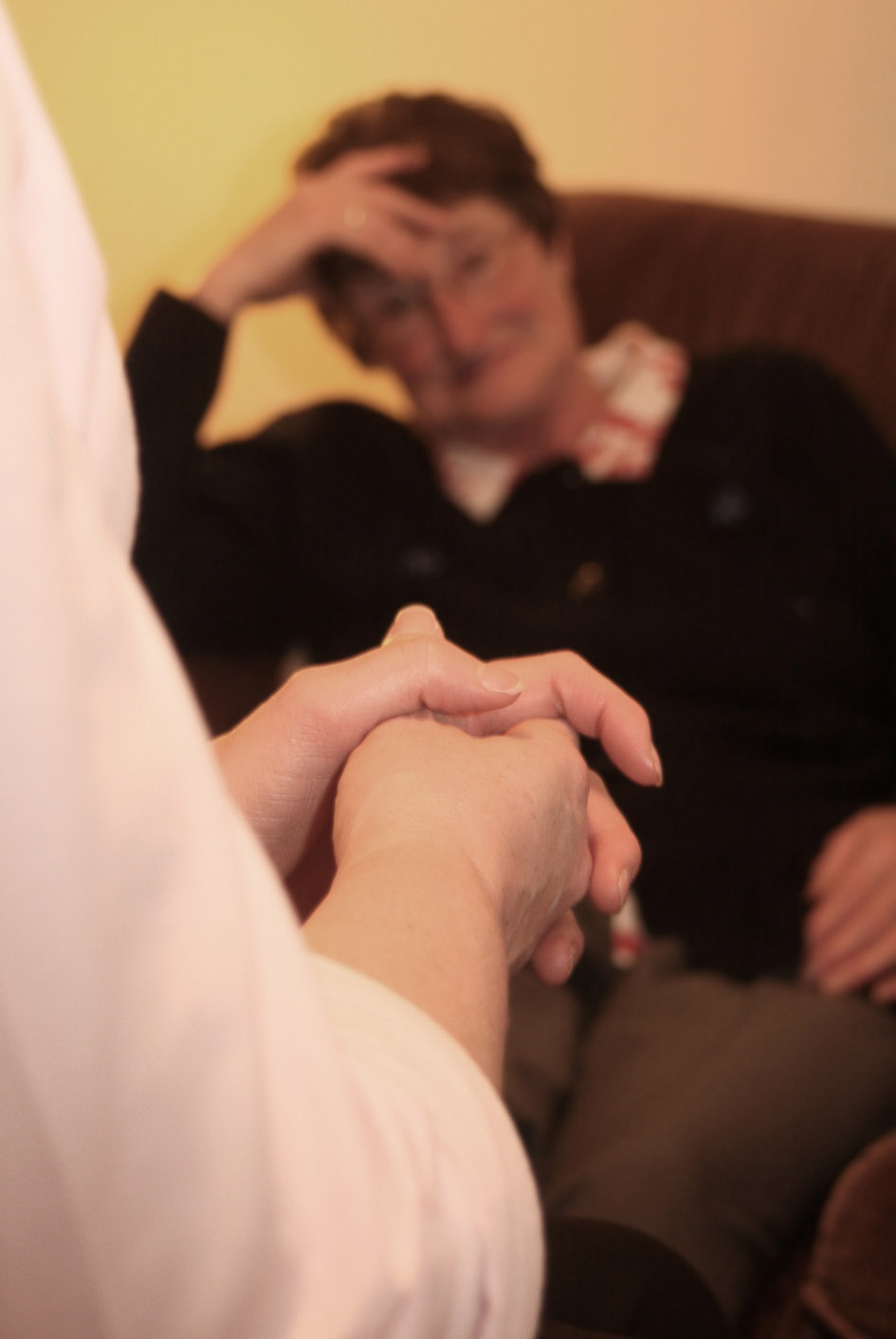Mentally and emotionally painful experiences, if left unacknowledged and unresolved, can hold us back in many ways. Traumatic memories that are not worked through effectively can manifest their need for attention as physical or psychological symptoms, or as patterns of self-limiting behaviours. Today it is well recognised that psychological trauma can be created by events such as childhood abuse, war or rape, yet it is less accepted that seemingly smaller injustices can create traumatic stress that leaves a significant dent on us. For example, being harshly punished as a child, being bullied, experiencing the sudden loss of a relationship, or a deeply embarrassing experience, can have a traumatic impact on us. Occurrences that traumatise, “involve feelings of helplessness in the face of a real or imagined threat to your life, bodily integrity, or mental health, and they overpower your ability to cope with the memories and emotions involved”, (p.9, Gallo, 2007). In fact it is now argued that it is not the event that determines whether a person is traumatised, but the many factors that contribute to how a person perceives an event (Berceli, 2005).
We can categorise some experiences as simple traumas (a painful encounter that haunts you and prevents you from fully getting on with your life) or highly complex traumas (events that have many aspects, involve high arousal and complex emotional distress that may lead to symptoms of post-traumatic stress). Fortunately we have evolved in our capacity for helping people heal past traumas. We now know it is not necessary to endure emotional reliving of intense memories or physiological reactions, in order to resolve trauma. It is possible to reconsider a traumatic incident in a way that important aspects are reconciled, without great distress or re-traumatisation being part of the outcome. Trauma is no longer necessarily a life sentence, nor must it take a lot of time in intensive therapy to resolve a trauma.
Even with simple traumas, if these occur many times in a person’s life, they can have a compounding effect, and may result in chronic anxiety, depression, self-defeating behaviours and generally hold us back from achieving any sense of peace or living out our full potential. There are a number of elements that I would argue need to be involved when working through a trauma holistically and effectively. Here are five processes that should be covered if you have the intention, the resolve and the courage to begin to heal and be set free from past traumatic experiences;
(1) Having a voice – It is imperative to have a safe environment where you can, at your own pace, openly express the facts of, and your emotional responses to the event or events that occurred. A therapeutic relationship with a counsellor or therapist can provide this safety, along with empathy and a foundation of trust. This trust further enables aspects of the trauma that have been pushed out of consciousness to resurface, which is often necessary for full healing.
(2) Calming the nervous system – Two particular areas of the limbic system (a part of the brain) are considered active in the processing of emotionally charged memories; the amygdala and hippocampus (van der Kolk, McFarlane and Welsaeth, 1997). If a memory of an event is fully processed and stored appropriately, it generally will not continue to have a traumatic impact on the body, mind and spirit. The amygdala is the part of the brain that detects threat, and plays an important role in integrating emotions and emotional behaviour. It is important in resolving trauma to get a calming message to the amygdala, that the threat has passed and that the old fear responses are no longer necessary (in some instances). Simple Energy Technique (SET) is a powerful tool for calming the nervous system following a traumatic experience.
(3) Releasing trapped energy – Whenever our fight/flight/freeze response is activated – due to any kind of perceived or real threat to one’s personal or emotional safety – an enormous amount of energy is created within the body to enable us to either fight off our ‘attacker’, flee the situation, or go into freeze mode (where we innately dissociate; a final survival mechanism to help us be emotionally absent as we endure the ‘attack’ we are experiencing). In the instances where we are able to successfully utilise all of this energy by fighting or fleeing, the energy is appropriately discharged (and consequently we are much less vulnerable to feeling traumatised afterwards). If the energy is not discharged and it stays in our system, it eventually becomes chronic muscular tension. This stuck energy, if not released, can lead to unexplained chronic pain, increased anxiety, chronic stress etc. One way of releasing this tension is in activating our innate tension releasing mechanism, which can be achieved through learning Tension/Trauma Releasing Exercises (TRE).
(4) Transforming negative beliefs – Traumatic experiences invariably result in negative beliefs about the self, others and our general safety within the world. For example, “Bad things always happen to me. I can’t trust men/women/myself etc. Showing my true-self is dangerous”. In order to fully recover to a life that is full, meaningful and that feels inherently safe, these negative beliefs stored primarily in the subconscious need to be transformed into positive, life affirming beliefs. A number of methodologies can achieve this relatively quickly and easily. PSYCH-K is a tool I favour as an effective, simple approach for verifying limiting subconscious beliefs and changing them to positive, life-affirming ones.
(5) Forgiveness – It is important to be clear about what forgiveness is and what it isn’t. Forgiveness in not about letting someone off the hook, forgetting, false reconciliation or minimising what happened. Forgiving is ultimately a gift that you give yourself; it is about letting go of the anger, resentment and pain for your own sake, no one else’s. To forgive is a highly personal choice that must be done on your terms, in your own time. It certainly may not be easy, but it is necessary to completely let go of a past trauma. Forgiveness often surfaces from deep within, during the process of holistically working through a trauma. Perhaps it eventually comes from the wisdom of the soul, but it does also involve the conscious, freeing decision that the time has come, to forgive.
Although we often cannot control the events that befall us, much hope is found in the knowledge that we can recover from trauma, and even grow in strength, faith and character as we come out the other side of the pain, confusion, anger and even shame of the events that we experienced or witnessed. Where once it was considered that we remained forever broken from trauma, this assumption has now been proven to be false. But then again, we must first perceive the possibility of the freedom of trauma resolution.
Nicki McCosker-Dell specialises in helping individuals, parents, families and communities cope with trauma. For more information about Nicki’s clinic work or to make at appointment please click here
Berceli, D. (2005). Trauma Releasing Exercises: A revolutionary new method for stress and trauma recovery. Charleston: Book Surge.
Gallo, F. (2007). Energy Tapping for Trauma: Rapid relief from Post-traumatic Stress using energy psychology. Oakland: New Harbinger Publications.
van der Kolk, B., McFarlane, A. & Weisaeth, L. (1997). Traumatic Stress: The effects of overwhelming experience on mind, body and society. New York: The Guilford Press.



